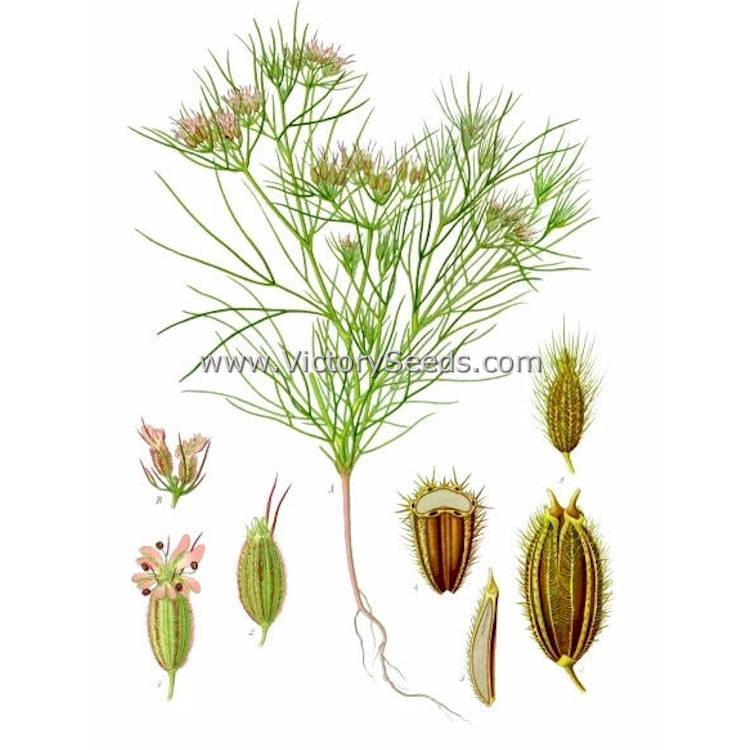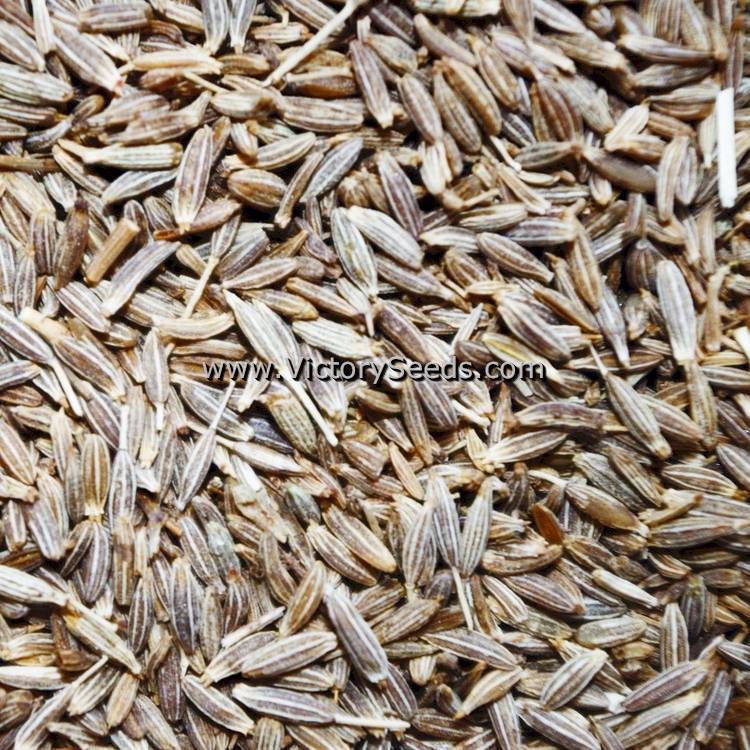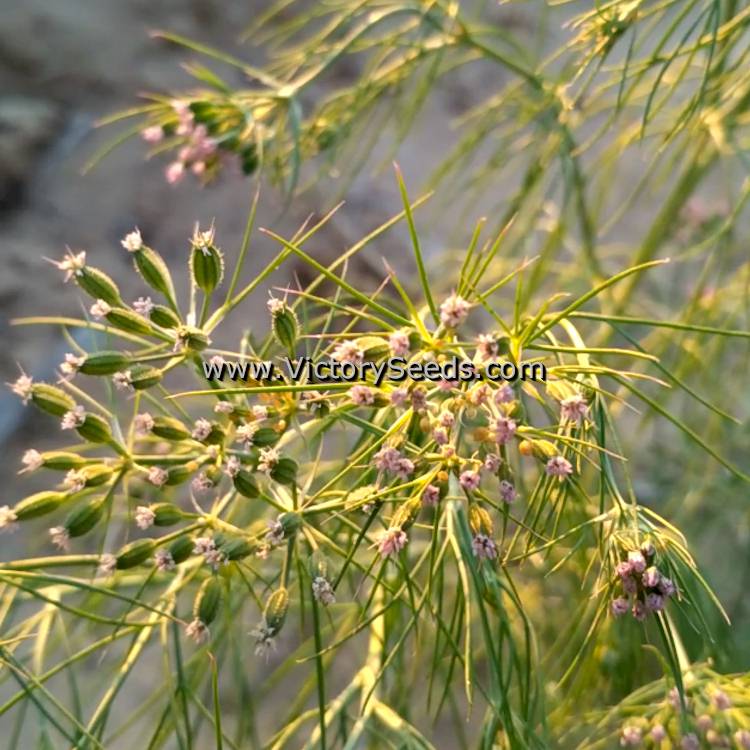Cumin
Cumin
Regular price
$2.75 USD
Regular price
Sale price
$2.75 USD
Unit price
per
Shipping calculated at checkout.
Couldn't load pickup availability
Cumin
Cuminum cyminum
120 days – Cumin, alternatively spelled Cummin, is a low growing, annual herb that has dark green leaves and reddish-pink to white flowers. Native to upper Egypt, it has been cultivated since ancient times all around the Mediterranean region, and as far away as China and India, where it is an essential ingredient in making curry dishes. Cumin was a subject discussed in the classic works of Hippocrates, Pliny, and Dioscorides, and was mentioned in both the Old and New Testaments of the Bible. By the Middle Ages, it had become a common culinary spice throughout Europe.[1]Cuminum cyminum
The plants are left to fully mature, after which the seed heads are collected and threshed. The seeds are then dried and used either whole or powdered, to add some "heat" to recipes. Each packet contains one gram, which is approximately 375 seeds.
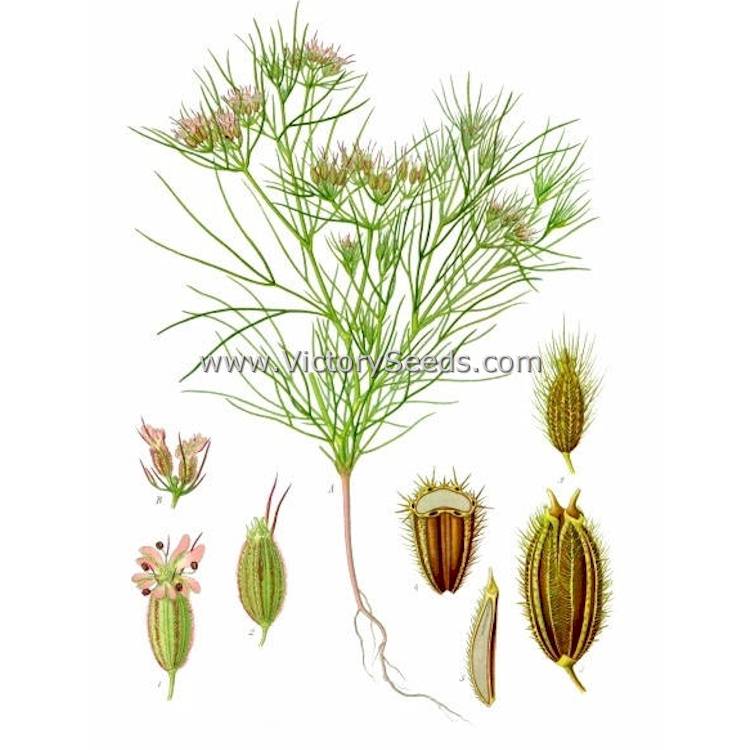
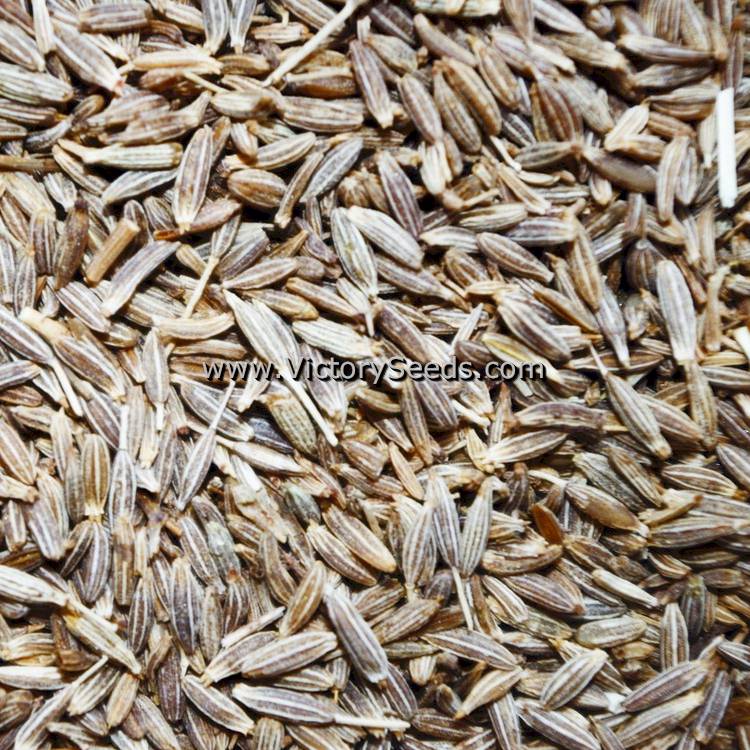
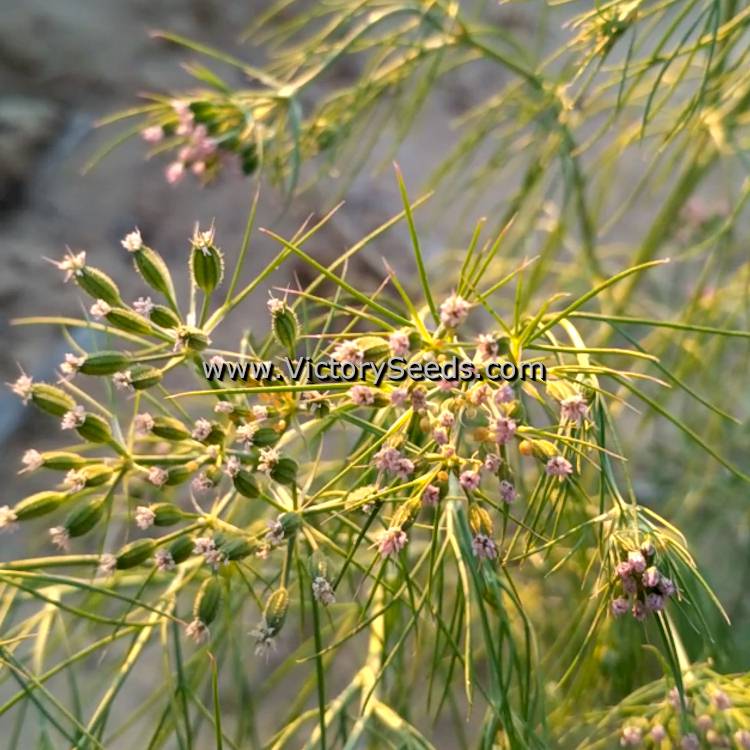
The Victory Seed Company does not advocate medical self-diagnosis or self-medication. Reference to the medicinal properties of plants are described here for educational and historical purposes only and are not to be construed as a prescription, prognosis or diagnosis for any disease or illness. As with any remedies or medicines, you should consult your personal health care provider before using.
Informational References:
- "A Modern Herbal," Mrs. M. Grieve, 1931, p. 242-243.
- "Handbook of phytochemical constituents of GRAS herbs and other economic plants," James A. Duke, CRC Press, Boca Raton, Florida, 1992.
- "Dr. Duke's Phytochemical and Ethnobotanical Databases," U.S. Department of Agriculture, Agricultural Research Service, 1992-2016.
Explore our vegetable collections:
[ Artichokes | Asparagus | Beans | Beets | Broccoli | Sorghums | Brussels Sprouts | Cabbage | Cantaloupe | Carrots | Cauliflower | Celery | Collard Greens | Corn | Cucumber | Eggplant | Endives | Gourds | Kale | Kohlrabi | Leeks | Lettuce | Mesclun Mix | Mustard Greens | Okra | Onions | Parsley | Edible Pod Peas | Garden Peas | South Peas | Hot Peppers | Mild Peppers | Pumpkins | Radishes | Rapini | Rhubarb | Salad Greens | Salsify | Summer Squash | Winter Squash | Swiss Chard | Tomatillo | Tomatoes | Dwarf Tomato Project | Turnips | Watermelons ]

